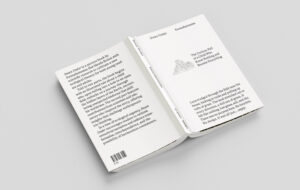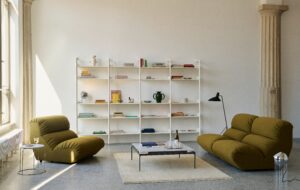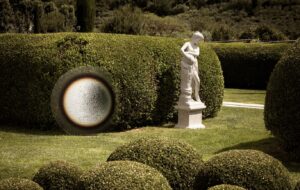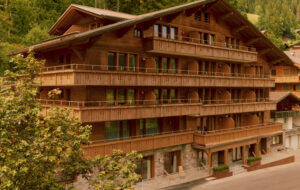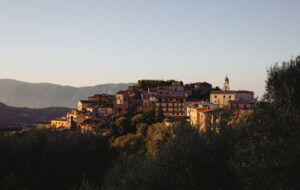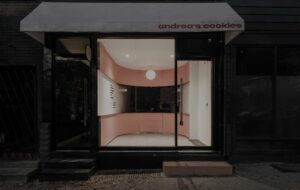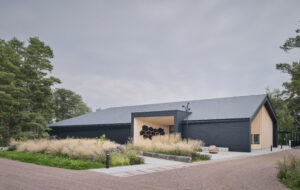|
|
||
|
The world of office architecture is in a confused state: clients and developers desire that their building be unique and unrepeatable, an urban branding opportunity, but at the same time they need to get value for money. In today’s economy, the flubbery shapes and silly nicknames of the last decade are vanishing from architects’ computer screens in favour of vast boxy buildings with Kafkaesque open floors sardine-stuffed with 21st-century scribes. UN Studio’s Education Executive Agency and Tax Office building in Groningen, the Netherlands, is the latest to grapple with this contradiction. It is a shapely, flamboyant block of offices for a state client, ostensibly a throwback to the previous decade of show-off towers. But at the same time it represents an ambitious approach to questions of flexibility, efficiency and, that dread word, sustainability. The soft curves of the building are designed to minimise wind disruption to the parkland below, while a series of external fins rib the facade between floors, expanding and contracting as they make their way around, deflecting direct sunlight in summer and reflecting it into the building in winter. Inside, sensors constantly adjust the internal lighting according to the natural light, and the standard raised-floor, lowered-ceiling system of offices has been replaced with services embedded in the concrete cores, increasing energy efficiency and reducing the height of the building. “The future of architecture is related to a rethinking of construction and engineering to form a new understanding, a new form of control over flexibility,” says Ben van Berkel, UN Studio’s co-founder. Rather than flexibility meaning the provision of endless blank space, he sees it as a technological rather than specifically architectural issue: “For the future of architecture, in its specific ambition to be more progressive on the level of sustainability and flexibility, the technology has to be highly innovative, otherwise you can’t play with the architecture.” It is notoriously difficult to get clients to pay now for something that will supposedly save them money years down the line. One solution seems to be to take individual projects like this as case studies, and use them to promote more intelligent design in future. “What is interesting right now is that when I show the statistics to developers, I give them arguments: I try to convince them that sometimes, even with certain innovations in certain parts of the building, you can still really save money. Even when you do a complex building!” says van Berkel. Recent projects by UN Studio such as this or the Galleria Centercity featured last month (Icon 096) show a firm able to balance futuristic design and serious research, achieving results even in more commercial areas of the industry.
|
Image Ronald Tilleman
Words Douglas Murphy |
|
|
||




